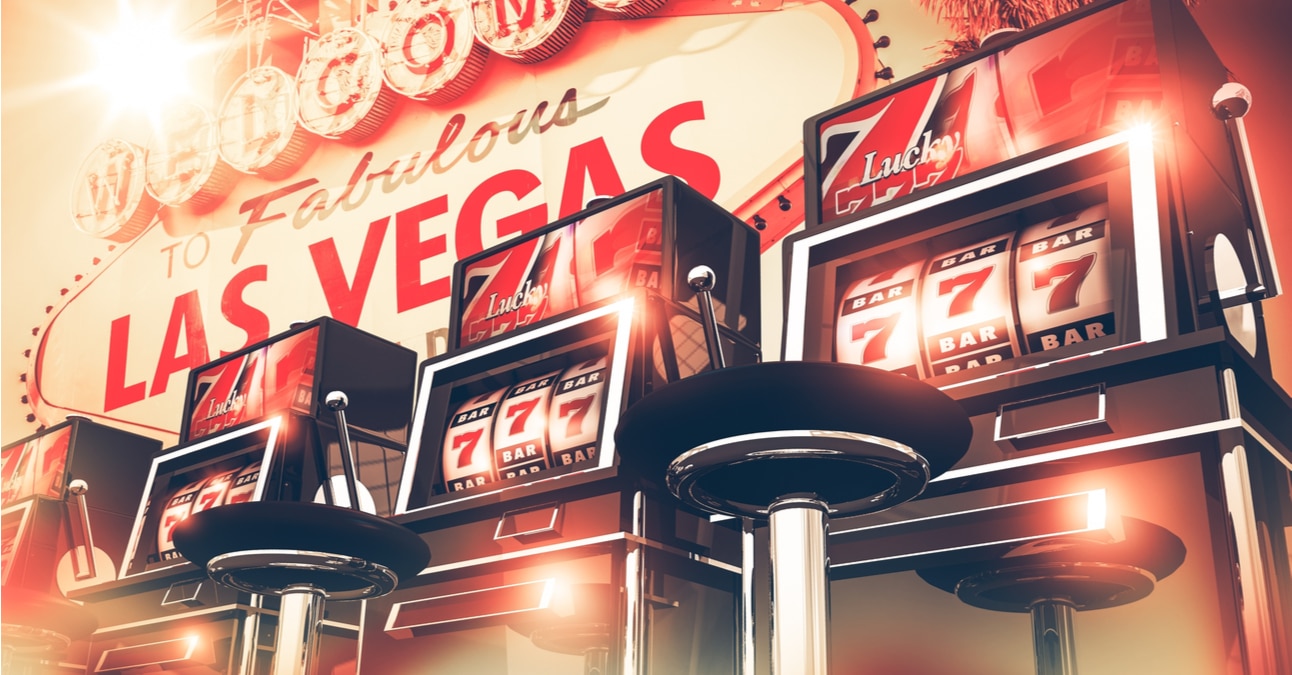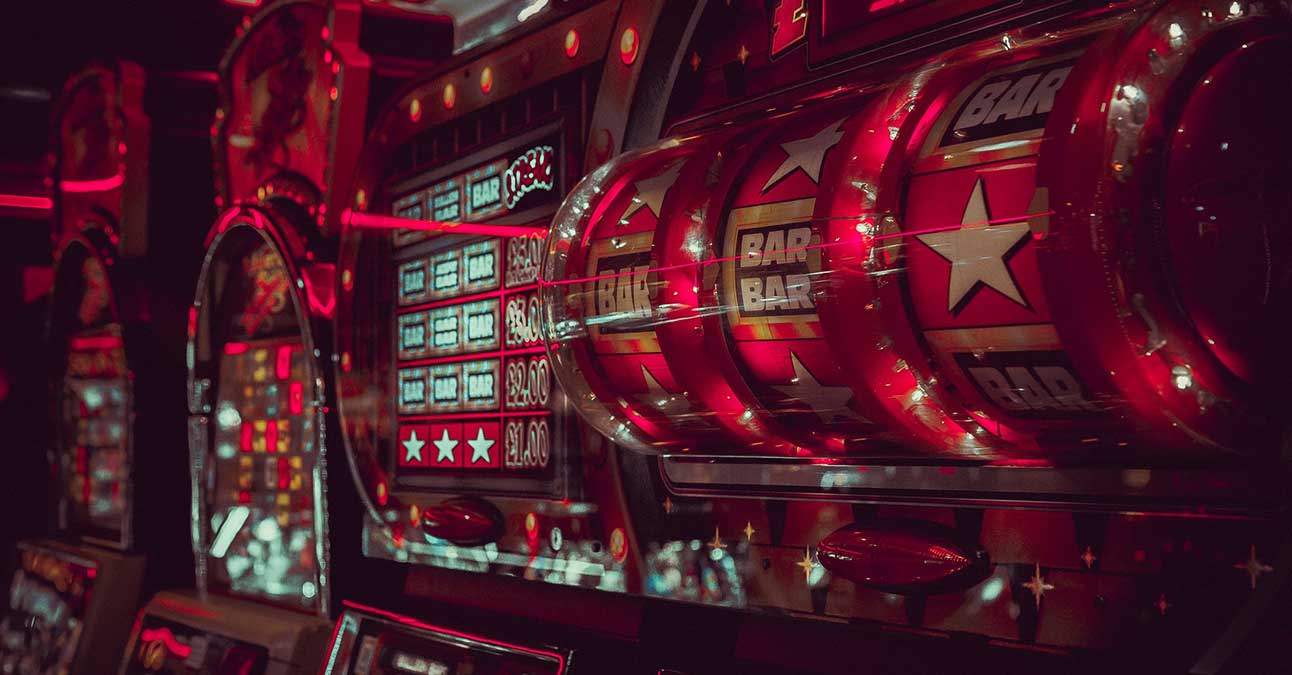A game of skill, blackjack allows casino players to significantly limit losses when learning to play perfectly. Unlike games of luck like slots which require finding loose machines, basic strategy of Blackjack is more thought out and based upon computer simulations of millions of blackjack hands.
The most popular game in pretty much all the Las Vegas Casinos, blackjack tables can’t be beaten in the long run without learning to count cards. Still, blackjack is the table game with the lowest house edge in the casino, offering the kind of action-packed fun that makes players want to gamble. It’s a fast-paced game that encourages interaction between players who share the same goal… beat the dealer.
Things To Know Before Your First Blackjack Session
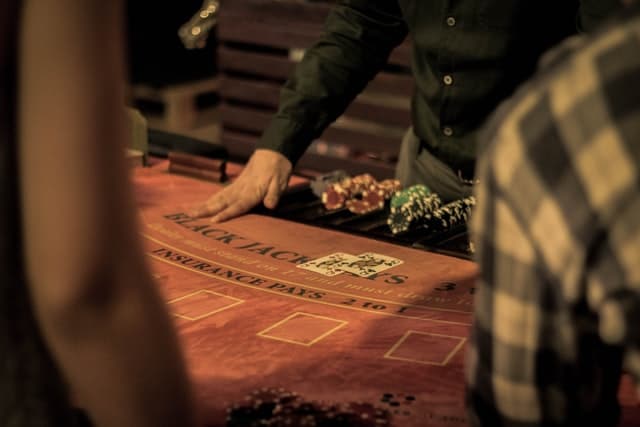
Understanding blackjack etiquette will help to avoid conflict with your fellow players. Remember, this isn’t like playing Las Vegas Poker. To begin with, don’t just walk up and sit down at a table. Some casinos don’t allow players to join the table while a hand is in progress.
Regardless of the rules, don’t put your money down until the hand is over, the winners are paid, the cards are removed from the table and placed in the discard tray. At some casinos, players have to wait for a new shoe, or shuffle, to join the table.
Even when you’re permitted to play the next hand, it’s considered bad etiquette not to ask the other players if they’re ok with you jumping in mid shoe. When they extend an invitation, place your cash on the table, alerting the dealer and the security camera that you’d like to buy chips. If you win, wait until everyone at the table’s been paid before collecting your chips. Remember not to touch your cards unless you’re playing single or double-deck blackjack games.
How to Play a Hand of Blackjack

Place a bet and the dealer deals two cards to the players, face up in shoe games, and two cards to himself, one facing down and the other facing up. A basic strategy player considers his own two cards and the dealer’s up card to identify the perfect play in every situation.
When another card is likely to improve his hand, a player can hit as many times as he likes until he chooses to stand or exceeds a total of 21. A player who is satisfied with his hand can stand and move on to the player to his left. A player can stand on 12 to 16, but the dealer cannot. His only option is to hit until he reaches a total of 17 or higher.
A dealer also does not have the option to split or double down. Still, the dealer maintains his advantage by always acting last. Forced to act first, when the player busts the dealer wins without ever playing his hand.
Certain hands, such as all 11s, put the player at an advantage when he takes one more card. In this case, the player makes a new bet to double down and is dealt one additional card. A player also makes a new bet when he’s dealt two cards of equal value and chooses to split. The dealer separates the cards and deals one new card to each original to form two hands to be played independently. The ability to double down after splitting is valuable, so ask about playing conditions and pick a table with good rules.
Also not available at every blackjack game, surrender allows players to discard their worst hands in exchange for half their bets back. Basic strategy calls for the surrender of 15 against dealer 10 and 16 against dealer nine to ace.
Know Your Blackjack Hand Signals
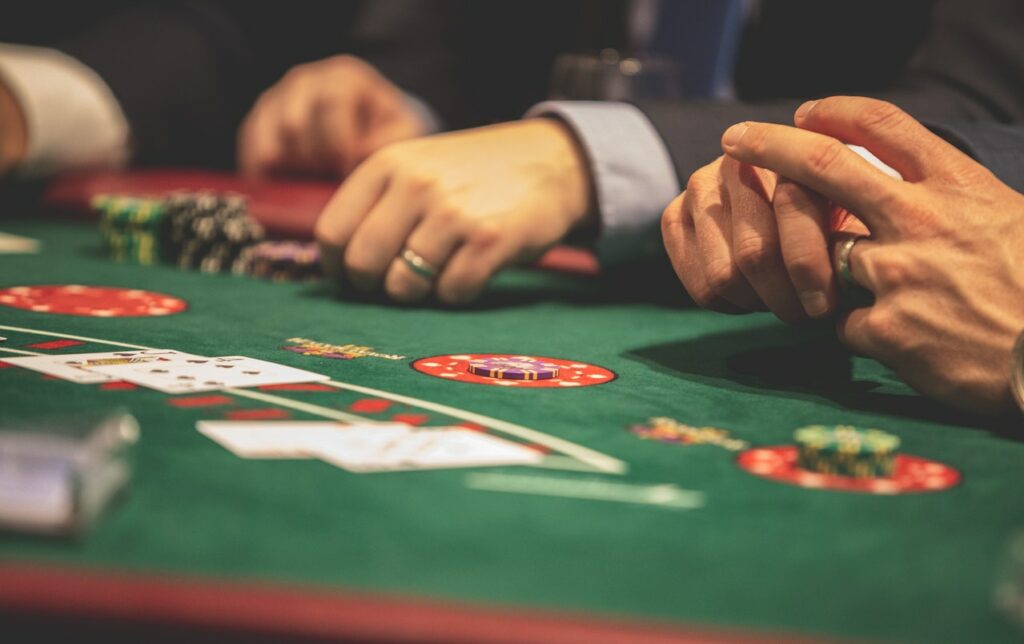
Telling the dealer what play you wish to make when it’s your turn won’t spur him into action. The dealer can’t make a move until you make the required hand signal. For the benefit of the security camera, hand signals allow the pit boss to roll back the tape and resolve disputes at the table.
- Hit – Tap your finger on the table.
- Stand – Wave your hand over your cards.
- Double down – Place a bet to the left of your original bet and point with one finger.
- Split – Place a bet to the left of your original bet and point with two fingers in a “V” shape.
- Surrender – Tell the dealer you want to surrender and draw a horizontal line behind your bet with your index finger.
Counting Cards Isn’t What It Used To Be

Blackjack players can reduce the house edge by using their brains. Without the use of basic strategy charts, the house has a 1.5% to 2% edge. Committing the charts to memory or consulting them at the table drives the house edge down to 0.05%. It shouldn’t take more than two weeks of daily practice to master basic strategy. Learning how to count cards takes closer to nine months, but it’s the only way to gain the edge at the blackjack table. When there are more high cards than low cards left to be dealt, card counters have the advantage. They raise their bets along with the count, often playing more than one hand at a time. When the opposite is true, card counters make the minimum bet or walk away from the table.
In card counting, every card is assigned a value.
- 2-6 = +1
- 7-9 = 0
- 10-Ace = -1
A card counter keeps a running count, adding and subtracting by single-digits each and every card that slides through the dealer’s fingers. The running count tells him how many high and low cards are left to be dealt. This was all a counter needed to know when single-deck tables were the norm.
Today, it’s not enough information for a card counter to beat the game. By the seventies, the casino introduced multiple deck games which posed a new challenge to card counters who would go from counting one to six decks and sometimes eight at a time. It didn’t take long for counters to come up with a workaround called the true count conversion. It calculates how many high and low cards are left to be dealt per deck by dividing the running count by the number of decks left to be played. The number of decks left is estimated from the empty space in the discard tray. The counter’s edge outweighs the casino’s by half a percent at a true count of two. The counter’s advantage increases by half a percent with every true point.
Playing Deviations
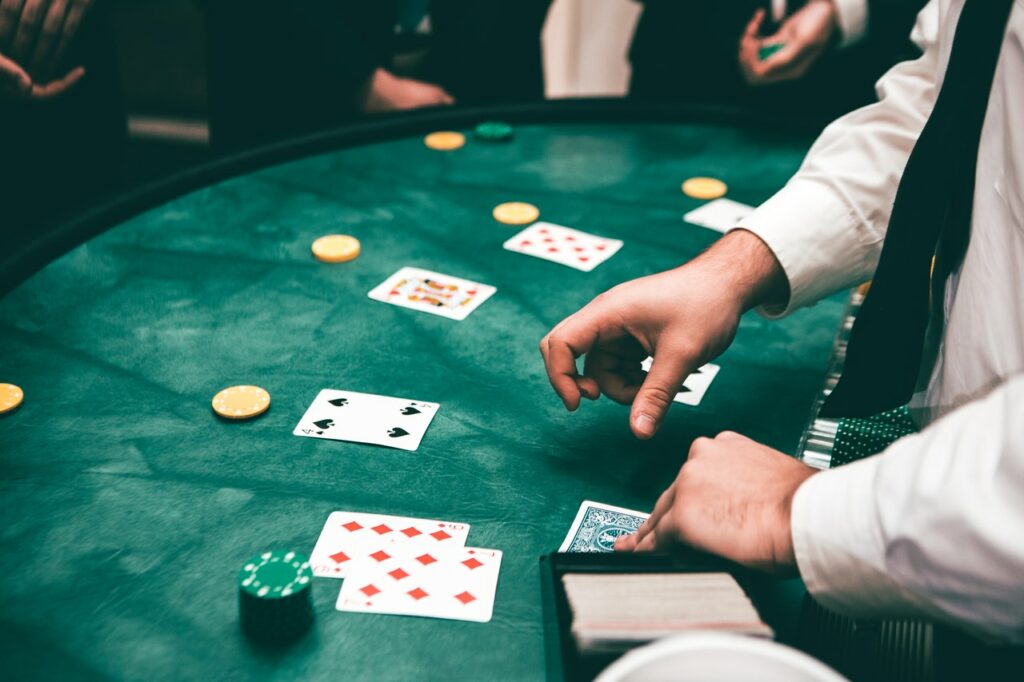
In addition to raising and lowering his bet size based on the true count, a card counter deviates from basic strategy when it’s to his advantage. A few paragraphs back, we discussed splitting two equally valued hands, which can include 10s consisting of 10 and a face card or two face cards. A move that brings card counters unwanted attention is a deviation that calls for the counter to split 10s against a dealer four when the count is a true six, against a dealer five when the count is a true five and against a dealer six when the count is a true 4. There’s a saying that goes something like,
“There are only two types of players that split 10s; stupid people and card counters.” Unusual plays can set off warning signals to a pit boss eager to kick card counters out of his casino. Usually, it’s the large bet spreads that get card counters backed off. This can mean being banned from the casino and in extreme cases, told you will be arrested for trespass if you return. Other times, the pit boss simply asks the player to stop playing blackjack, but allows him to continue gambling.
Blackjack Payouts on the Strip
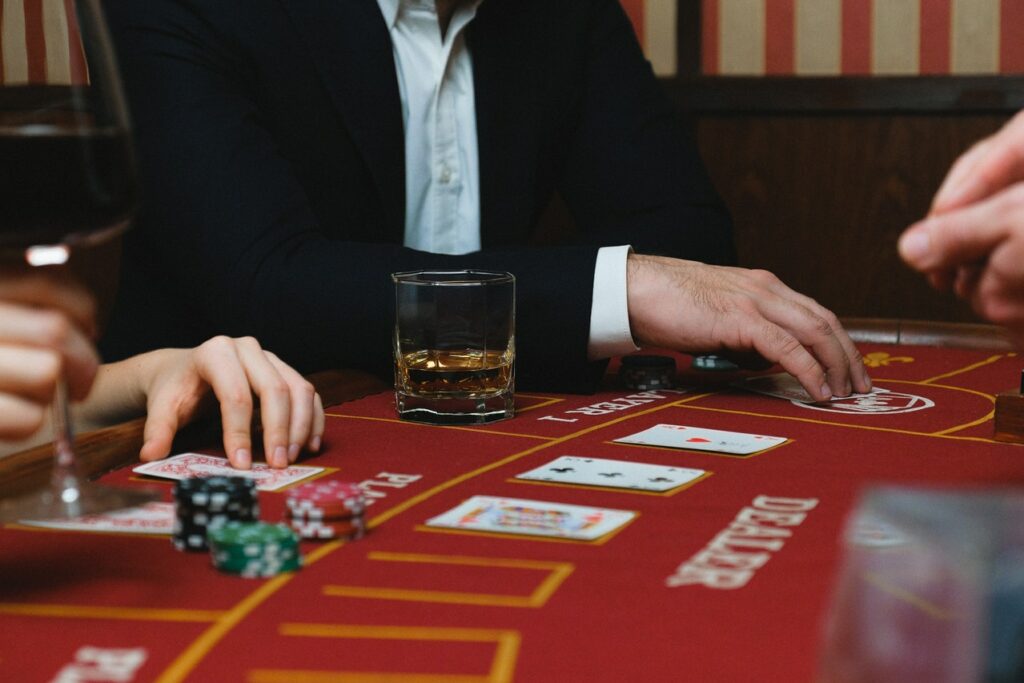
Most Las Vegas Strip casinos pay 6:5 for blackjack on the main casino floor and 3:2 in the high limit room where the minimum bet is $100. A table with a 3:2 return for blackjack pays $3 when you bet $2 and get dealt 21. A table with a 6:5 return for blackjack only pays out $6 for every $5 you bet. That equates to a 400% increase in the house edge when you play blackjack at a 6:5 table. While in the minority, casinos that pay 3:2 for blackjack are worth going out of your way for. Tables that pay 6:5, on the other hand, should be strictly avoided. In those cases, you might be better off finding other games like high-stakes craps and slots.
It’s becoming less common on the Strip, but you can still find Las Vegas casinos with low limit blackjack that pays 3:2. Treasure Island and the Strat have some of the lower limit 3:2 blackjack tables on the Las Vegas Strip. Early on weekday mornings, low rollers can find minimum bets as low as $5 at The Strat. Several casinos on South Las Vegas Strip, including Tropicana, Mandalay Bay and Excalibur have 3:2 tables with $25 betting minimums.


